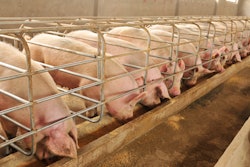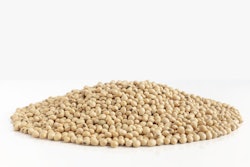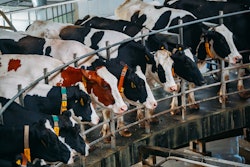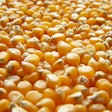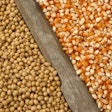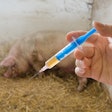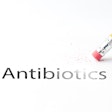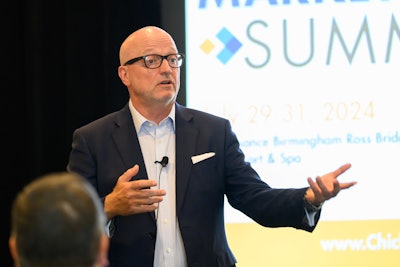
Global meat consumption, especially poultry, is predicted to increase at least through 2050. However, growth in consumption will bring challenges that the poultry industry will need to navigate, said Aviagen Broiler Breeding Group CEO Jan Henriksen at the 2024 Chicken Marketing Summit.
Henriksen gave perspective and advice on multiple issues that poultry companies will confront in the next 10 years: labor issues, the possibility of disaster and pressure to improve bird welfare.
Labor
According to Henriksen, labor is by far the No. 1 issue the industry faces over the next 10 years, especially in the U.S.
“We need people in production and processing to help run the industry, and there is not enough of them,” he stated. “Technology needs to be incorporated into companies in ways that it is currently not.”
Henriksen recommends companies have programs designed to recruit and invest in new and future hires to improve the industry long term.
Additionally, even though the COVID-19 pandemic drove the implementation of fully automated poultry plants in some parts of the world, the U.S. is behind in terms of automation and needs to embrace it much faster, he said.
Disasters
Disasters can have a significant impact on the poultry industry’s supply chain. Two recent examples of this are the war in Ukraine and the COVID-19 pandemic, Henriksen said.
To prevent shortages and ensure the supply chain is not disrupted, the industry should be thinking about how it will manage another potential disaster.
To prepare, Henriksen recommends companies construct a disaster plan. For example, this could include obtaining or constructing more farms spread out geographically, even though it costs companies money and can affect efficiency.
“We need to do it,” he added. “There is a lot we can’t plan for, but there is a lot we can plan for.”
Bird welfare
Animal welfare is becoming important to consumers, and they are increasingly factoring welfare considerations into their purchases. Additionally, there is pressure from the government, depending on location, to improve welfare.
However, Henriksen specified that, often, this pressure is a result of perception on a topic that some are not well educated on.
“This is perceived bird welfare and health, but it is not backed by science,” he said. “The perceived can be very dangerous if we don’t stand up and talk about it.”
To mitigate the problem of perception and continue to educate others on poultry welfare, Henriksen said it will be important for producers to create relationships with politicians and maintain relationships with industry organizations such as the National Chicken Council (NCC).



